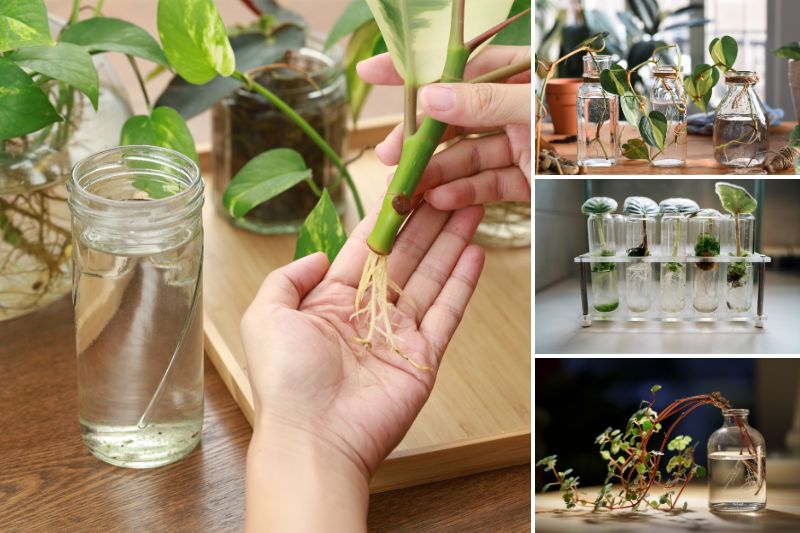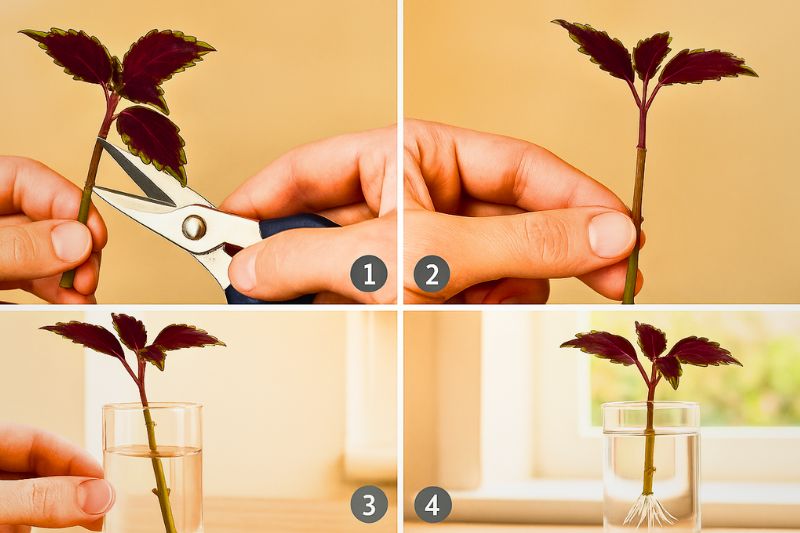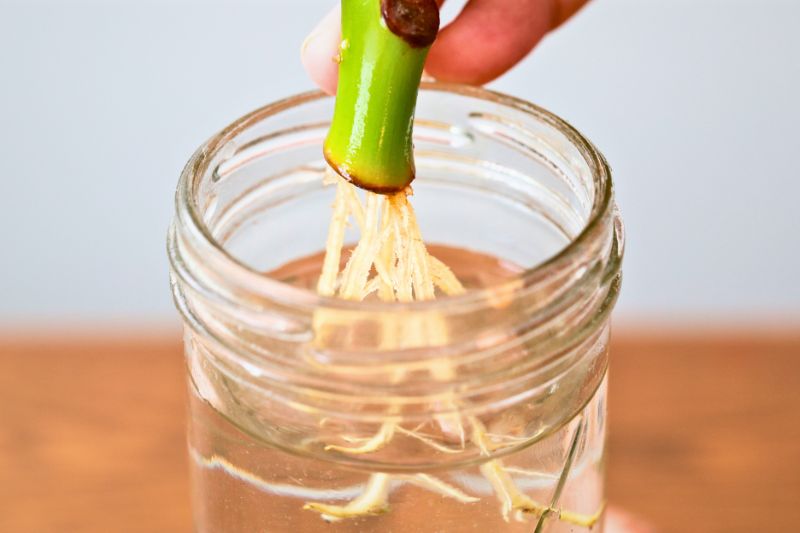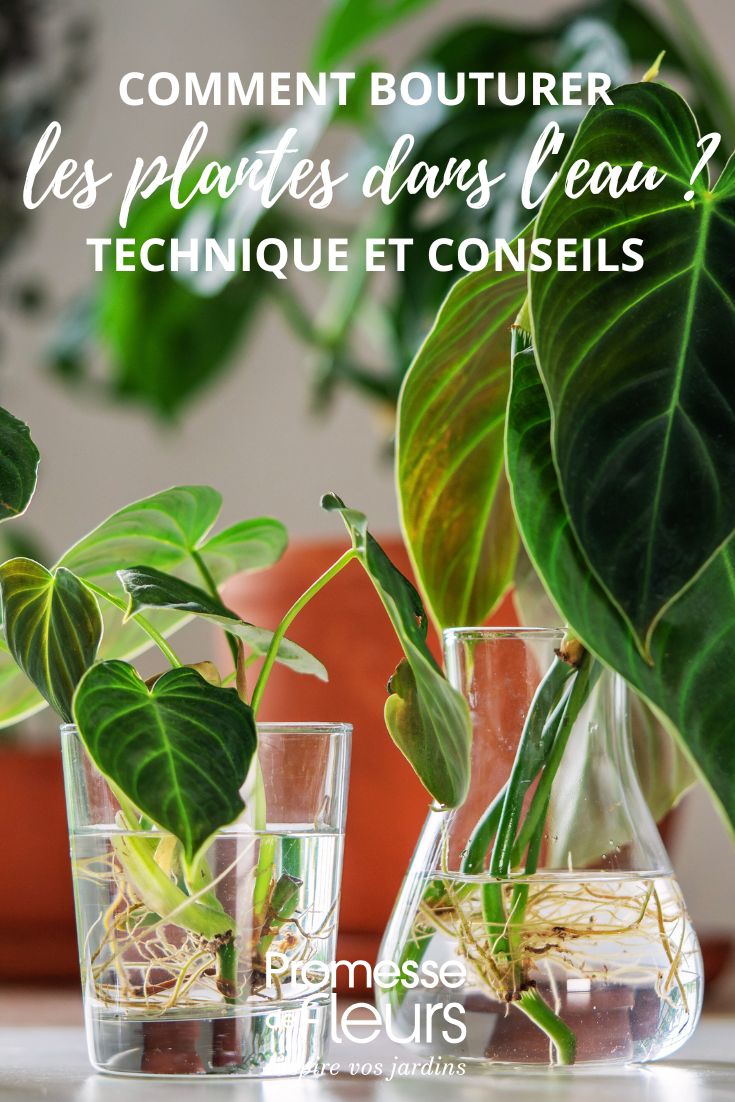Are you looking for a simple method to multiply your plants? Propagation by cuttings in water is a method full of promise: it is simple, economical, and allows you to observe the emergence of roots in real-time. It appeals to both beginner and experienced gardeners with its natural transparency in the plant process. Submerge healthy stems in a container of water, change the water regularly, be patient... and watch the roots develop. Why not try the experience today?
When to propagate in water?
Propagation by cuttings in water is particularly effective during the growing season, generally in spring and summer. Indeed, many active plants produce roots within a few weeks, often in three to four weeks. During this period, the plant's energy is directed towards growth, which facilitates rooting. Although some practices allow for propagation in water year-round for certain houseplants, it is better to take advantage of optimal conditions of light and natural warmth.
What type of cuttings for the water technique?
In water propagation, we generally prefer herbaceous or semi-woody stems (stems that have begun to harden but are still flexible, taken in mid-summer). These young, flexible stems root more easily. It is not about distinguishing based on the "ripeness" of the stem, but rather choosing a healthy section, free from flowers and pests.
The cutting must have at least one submerged node, as this is where roots naturally emerge. Some woody plants may root less well in water, but common herbaceous plants, such as fittonia, tradescantia, or pothos are perfectly suited.
Which plants propagate well in water?
Easy plants to propagate in water
Here is a selection of indoor and garden plants that root very well in water. Perfect for beginners!
Indoor plants
- Pothos (Epipremnum aureum)
- Tradescantia
- Monstera adansonii
- Philodendron scandens
- Fittonia
- Syngonium
- Coleus (Solenostemon)
- Chlorophytum (spider plant)
Herbs or garden plants
- Basil
- Mint
- Oregano
- Thyme (young)
- French tarragon
- Scented geranium
- Willow (young branches)
Tip: prefer young, non-flowering stems, and ensure that a node is submerged to encourage root development.

Necessary material
- a transparent container (glass or vase) to monitor root development (the water should remain clear).
- a clean and disinfected pruning shear to make a clean cut and avoid the risk of infection.
- room temperature water, preferably low in calcium or, better yet, rainwater.
- (optional) a small piece of charcoal at the bottom of the container to keep the water clean.
Steps for propagating in water
- Take the cuttings from a healthy stem, about 10 to 15 cm long, making a diagonal cut just below a node, and choose a stem without flowers or pests.
- Remove the lower leaves: take off those that may touch the water to avoid rot and concentrate energy on the roots.
- Submerge the base in water, enough to cover at least one node, where the roots will naturally emerge.
- Place your container in a bright space, but out of direct sunlight (ideally around 18°C to 20°C according to sources).
- Monitor and change the water regularly: replace it every two to ten days, or as soon as it becomes cloudy. Charcoal can help maintain clarity.
- Be patient: roots may appear in a few days for some very easy plants, but generally, it takes three to four weeks or more. Watch for the first signs: small white dots, then more visible roots.
- Detect any failure in case of blackening of the stem or leaf drop: in this case, discard the water, clean the materials, and start again.

After propagation: care and maintenance
When the roots reach about 3 cm to 5 cm, or one inch (2.5 cm), it’s time to move on to the next step: repotting in soil.
Gently plant the cutting in a light and airy substrate — a mix of potting soil incorporating perlite, wood bark, or coconut fibres allows for good air circulation and facilitates the adaptation of water roots to the new medium. Water moderately to maintain moisture without waterlogging, and place the plant in a bright but indirect location.

Key points to remember
- Success relies on a good cut, a submerged node, renewed clear water, and mastered patience.
- Common mistakes include stagnant water, direct sunlight exposure, or taking stems that are too old.
- The most suitable plants are herbaceous; woody or succulent plants root more difficultly using this method.
- Once in soil, adjust the substrate and care so that the roots adapt gradually.
Get started, try with a cutting from your favourite plant, and watch the magic of roots forming day by day.
































Comments